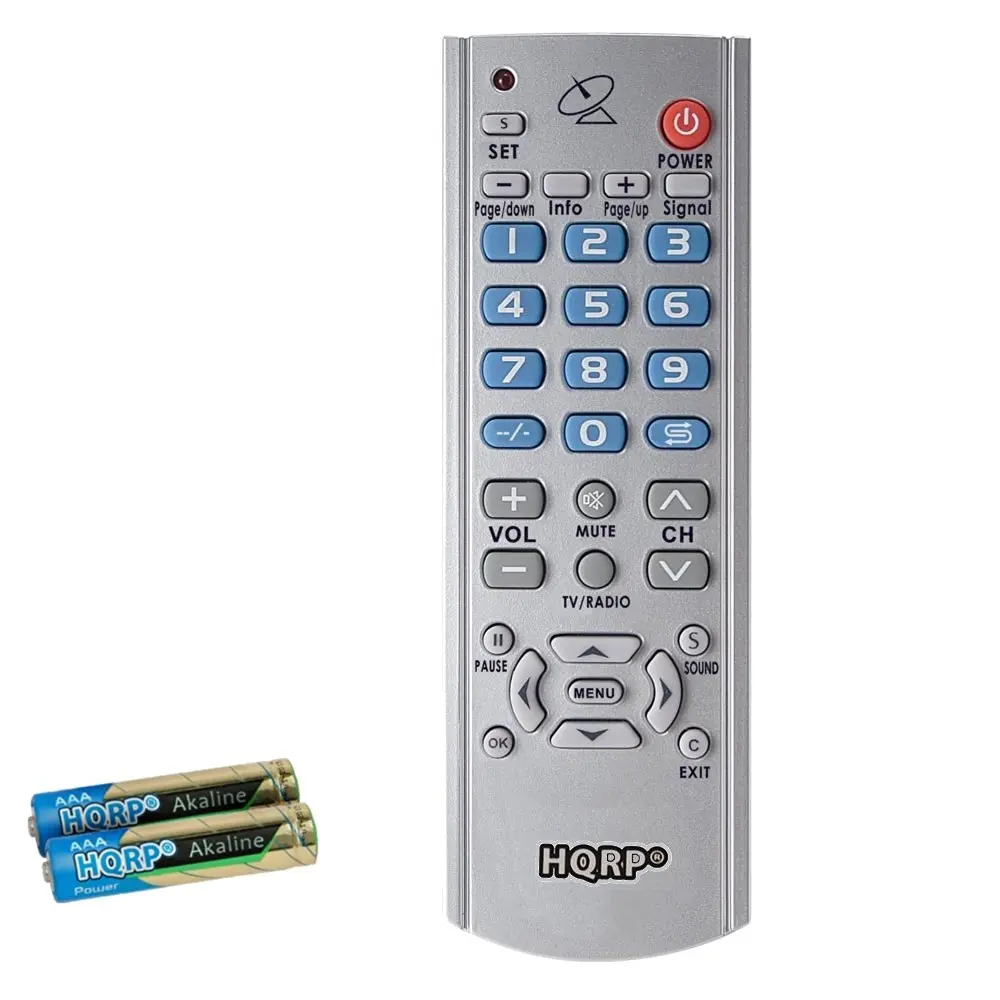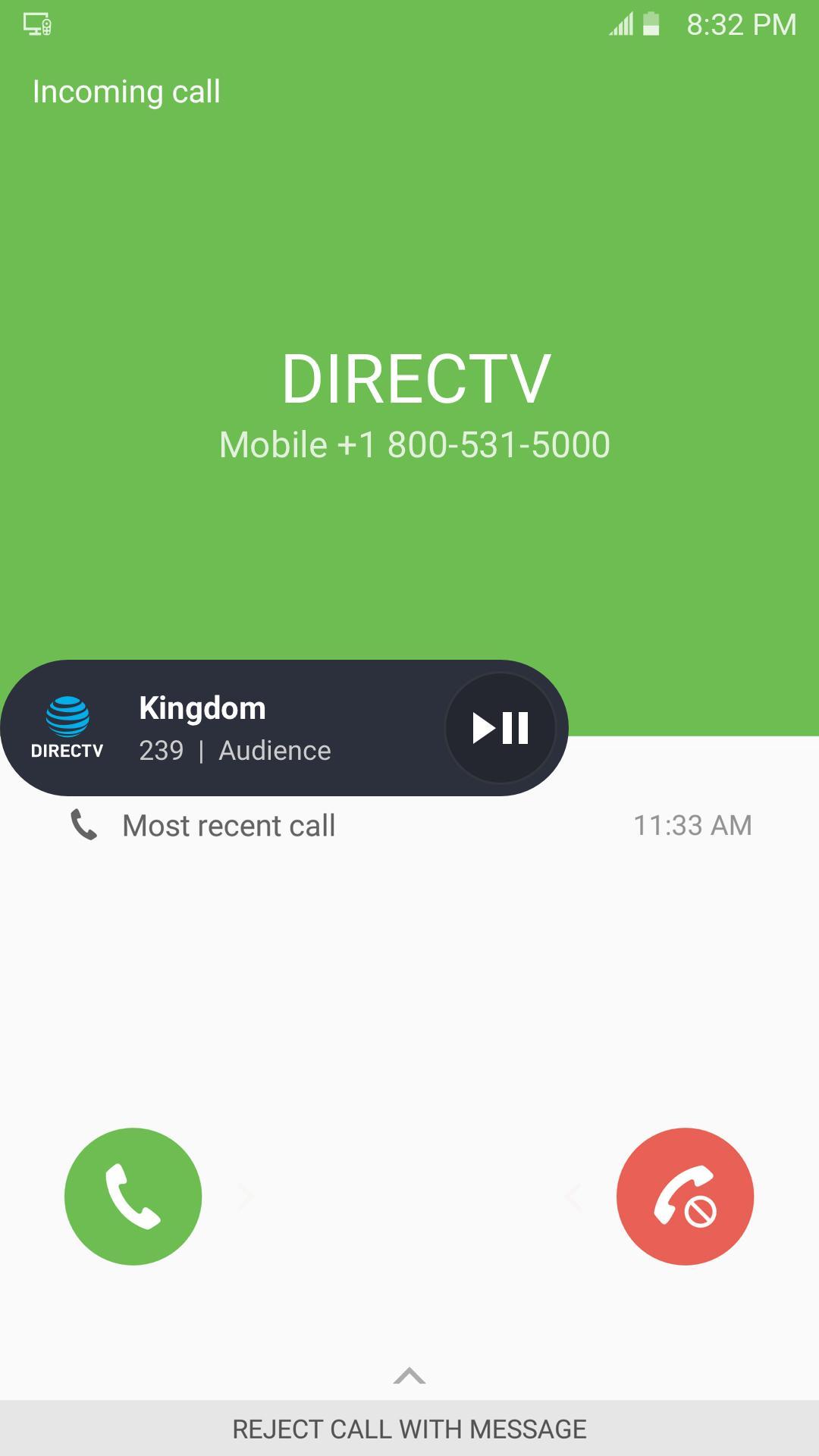HD Security Terminator. Firmware Version 1.22.13 for Interactive Program Guide (3.83MB) DCI401 MCS Datasheet (0.62MB) DCI401 MCS Command Set Primer (0.36MB) Firmware Version 1.21.06 for PSIP (2.06MB) DCI401MCS Integrators Manual (1.16MB) RC2843001 Manual TV Programming (0.27MB) Technical Tip DCI401 Software (0.47MB) Analog Modulator - NTSC-8. The DISH Wally® HD Satellite Receiver is the smallest and fastest mobile receiver ever made, with a suite of new features for an enhanced user experience. The Wally offers full functionality with a smaller footprint and expanded capabilities including the use of built in apps like Netflix (requires Wi-Fi Adapter and wireless connection), as well as other great features.
The COM3000 solution has been designed specifically for hotels and similar installations.
- Compact Form Factor
The COM3000 offers up to 138 channels of HD video and integrated Edge QAMs in only 3RU of rack space. This compact design also results in dramatic power savings compared to typical stacked receiver solutions.

- HD Content Protection
For High-Definition solutions that require copy protection, the COM51 receiver blades add Pro:Idiom™ or Pro:Idiom Mobile™ encryption to the HD content, which can be played back on any Pro:Idiom™ or Pro:Idiom Mobile™ enabled receiver device or television.
- Integrated Edge QAM
Available as a plug-in module for the COM400, the QAM20 reduces overall system costs and simplifies the installation and maintenance for the COM3000. The QAM20, sold as a 16-channel QAM, and can be software upgraded to a 48 channel QAM device two channels at a time, capable of delivering all 138* streams of DIRECTV™ HD content as well as additional local sourced content.
*Three DIRECTV streams per QAM are possible on a properly balanced system—please ask your distributor or Technicolor for more information.
- Remote Management
The COM3000, including all the receiver blades and Edge QAMs, can be managed and monitored remotely over the Internet or local network using a simple web browser-based management interface.
The COM400 includes an integrated 10 Gigabit Ethernet backplane with two 1 Gigabit and two 10 Gigabit Ethernet ports available on the front panel. It contains two slots for up to two QAM20s to be inserted, for a maximum of up to 96 QAM channels; and six receiver slots, for up to a total of 138 DIRECTV HD streams, utilizing the COM51 receiver blades and SWCOM51 tuner licenses.
The COM400 provides all the receiver blades and QAM20s with a commercial grade power supply drawing less than 225W of power when fully loaded. This cuts the power usage by more than half when compared to a comparable stacked receiver head-end system and provides for tremendous savings in yearly Operational Expenses associated with video distribution systems.
The COM400 also provides commercial grade cooling fans in order to meet the grueling demands of harsh commercial environments.
- 2 x QAM20 Edge QAM slots
- 6 x Receiver slots (COM51, COM51A, COM46 or COM46A)
- No more than 225W power consumption fully loaded
- Can be daisy-chained with new or previous COM systems for higher channel count installations
As the newest in a family of DIRECTV receivers specifically designed for the commercial market, COM51 adds a new level of density capable of tuning up to 23 high-definition channels as well as capable of tuning DIRECTV 4K content and outputting this content over IP with either Zenith Pro:Idiom™ or Pro:Idiom Mobile™ content protection for HD and 4K broadcasts. The IP output can either be aggregated and distributed using an existing IP network, or it can be sent to the integrated QAM20. The COM51 can also simultaneously send it’s channel streams to an IP network and QAM without the need for duplicating channels.
The COM51 comes standard with 8 active tuners and can be expanded, via one license tuner at a time to a max of 23 HD channels.
- 8 HD or SD channels
- MPEG2 and MPEG4 support
- UDP/RTP Video Outputs
- 2 RF SWM or digital SWM inputs
- Add up to 15 SWCOM51 Tuner Licenses
- LED Status Indicators
- Can be daisy-chained with new or previous COM systems for higher channel count installations
- Pro:Idiom™ & Pro:Idiom Mobile™ content protection
Distribution of content typically requires the use of an Edge QAM device to distribute digital content using an RF cable network. The QAM20 is designed specifically for the COM3000 and fits perfectly into the bottom slot of the COM400 chassis. It provides for sixteen channels of QAM and can modulate 48 HD streams of DIRECTV. Although you can install two QAM20 Edge QAMs in a COM3000 this will only be needed for high levels of local content insertion or 4K content.
The QAM20 can be easily upgraded to an max of 48 QAM, two at a time using a SWQAM2 key which can be applied to the device. This allows you to maximize the efficiency of the Edge QAM for many specific application.
External content from IP sources can be routed through the QAM20 for RF distribution. This includes content from external sources such as a PC, video camera, or other IP converter.
- DIRECTV™: Supports up to 3 HD programs per QAM
- Able to mix HD and SD content on and QAM channel
- Accepts MPEG over IP content from external sources
- 2 Channel software license purchase available to upgrade to a maximum of 48 total QAM channel
Every new DIRECTV HDTV receiver is being shipped with a little device installed on the satellite inputs at the rear of the receiver. These little devices are called B-band converters. A B-band converter is required if you wish to receive any Ka band programming from the Ka satellite located at 102.7 degrees, aka 103. To understand the B-band converter, you need to understand how satellite signals are distributed from the dish/LNB to your satellite receivers.
As more satellite channel capacity has been developed over the the last decade through the addition of additional satellites and dishes to receive multiple satellite simultaneously. Both Dish Network and DIRECTV have developed varies means to transfer those signals to the users Integrated Receiver Decoder (IRD). Also known as the satellite receiver box on top of the TV.
Dish Network has developed a whole variety of switches and LNB technologies to address their needs. More on Dish Network Technology.
DIRECTV has created their own means to switch between satellites using a single dish or a series of dishes and a switch box, commonly called a Multi-Switch.
DIRECTV uses three main satellites for their core programming and several additional satellites for delivery of local channels. The primary satellites are 101, 110 and 119. DIRECTV only has a few channels on 119 and 110. The LNB's on the dish combined these signals to form a single group of channels. The channels received by 101 and the 110/119 combo are converted to an intermediate frequency (IF) for transfer to the IRD for signal decoding. By converting the signals to a lower frequency range, a smaller cable can be used. Without using an IF, the cable from your dish to our receiver would be 1/2' in diameter and would have to be very short.

The IF for DIRECTV 101 and 110/119 LNB's is 950-1450 MHZ. Since both 101 and 110/119 use the same IF, the receiver must tell the LNB, or switch, which group of channels it needs, either 101 or 110/119. The IRD does this by sending a 22 KHz tone down the coax. When the LNB or Switch senses the 22KHz tone, it switches the IF to the 110/119 channel group.
Directv H23-600 Hd Receiver Manual Download Last Version Free
DIRECTV recently started using Ka band satellites. These new satellites will allow DIRECTV to dramatically increase the number of HDTV local channels to local markets. While the traditional Ku-band 101,110, and 119 satellites broadcast a 500 MHZ wide signal. The Ka-band satellites can transmit a full 1000 MHZ wide signal spread over two bands. Ka-High (19.7 - 20.2 GHz )and Ka-Low (18.3 - 18.8). The IF for these two bands is 1650 - 2150 MHz for the Ka-High and 250 MHz - 750MHz for the Ka-Low. Respectfully called the A-band and the B-band.
Newer DIRECTV IRD's are capable of receiving and process IF signals in the A-band. To receive and process B-band signals, a converter is required to up convert the B-band signals to the A-band, thereby replacing he A-band signals with those of the B-band. The IRD switches the B-band converter using the same 22 KHz signal used to switch from 101 to 110/119. When the 22KHz tone is present, the receiver can process the B-band signals, now upconverted to A-band, by process them in the A-band (1650-2150 MHz) IF. When the 22 KHz tone is turned off, the converter allows the A-band to pass through to the receiver.
Directv H25 Hd Receiver
The table below shows which satellite/channel group is selected with the 22KHz tone.
Directv H23-600 Hd Receiver Manual Download Last Version Download
OFF |
Ku-101 and Ka-99 |